Part Shade: Hellebore- A Great Early Bloomer

by
Three Dogs in a Garden
(IC: blogger)
Why go out of your way to track down Hellebore plants? When it comes to early blooms, they really have no rival!
I hoped to include a few images of my own Hellebore flowers in this post, but sadly they're buried under six or eight inches of snow. Snow in December is seasonal and cheery. Snow in April is just plain depressing! More rain and snow is forecast for the coming days, so it looks like warm spring weather is still at least a week away.
Several factors have limited my collection of Hellebores up to this point in time. First and foremost they tend to be a bit pricy. It is hard to find a Hellebore for under twenty dollars.
Why go out of your way to track down and purchase somewhat pricy Hellebores?
Some Common Types of Hellebores:
How to plant a Hellebore:
Ongoing Caring:
On my website there is are links to several mail order companies that carry a nice array of Hellebore plants.
Bookmark this post with a pin.
Looking for more ideas for your garden? Check out this blog post on garden arbors and gates. The link is below.
Enjoyed the project?

Want more details about this and other DIY projects? Check out my blog post!
Published April 6th, 2016 10:00 AM
Comments
Join the conversation
4 comments
-
Oh so pretty. Your posts are so serene and like a nice little garden escape for me! :)
 Hannah V
on Apr 06, 2016
Hannah V
on Apr 06, 2016
-
-
Thanks for the info, I now know what I have growing in two of my shade beds. A friend gave me 2 of these around 10 years ago. She got them from in front of her mothers house before it was sold but did not know what they were called.
 Gerry
on Apr 07, 2016
Gerry
on Apr 07, 2016
-
@Gerry Free plants from a friend is always a nice thing! Glad the post helped you identify them.
 Three Dogs in a Garden
on Apr 07, 2016
Three Dogs in a Garden
on Apr 07, 2016
-
-



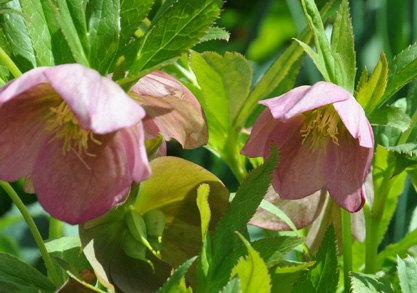










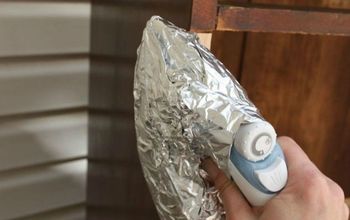



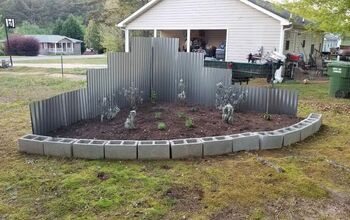
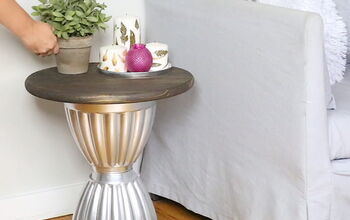



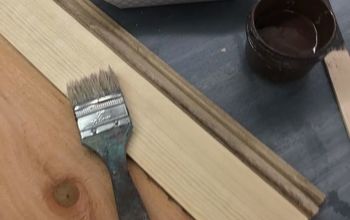

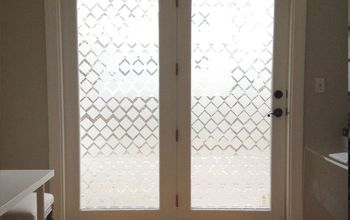

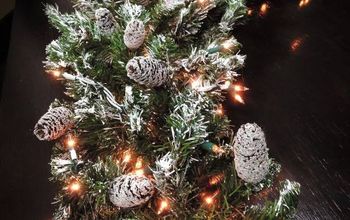


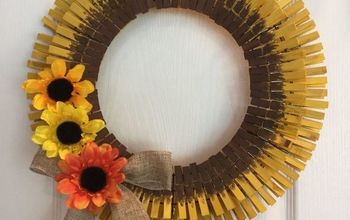

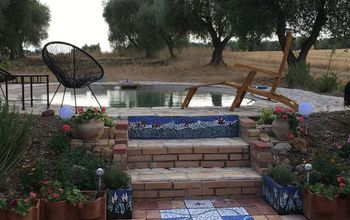



Frequently asked questions
Have a question about this project?